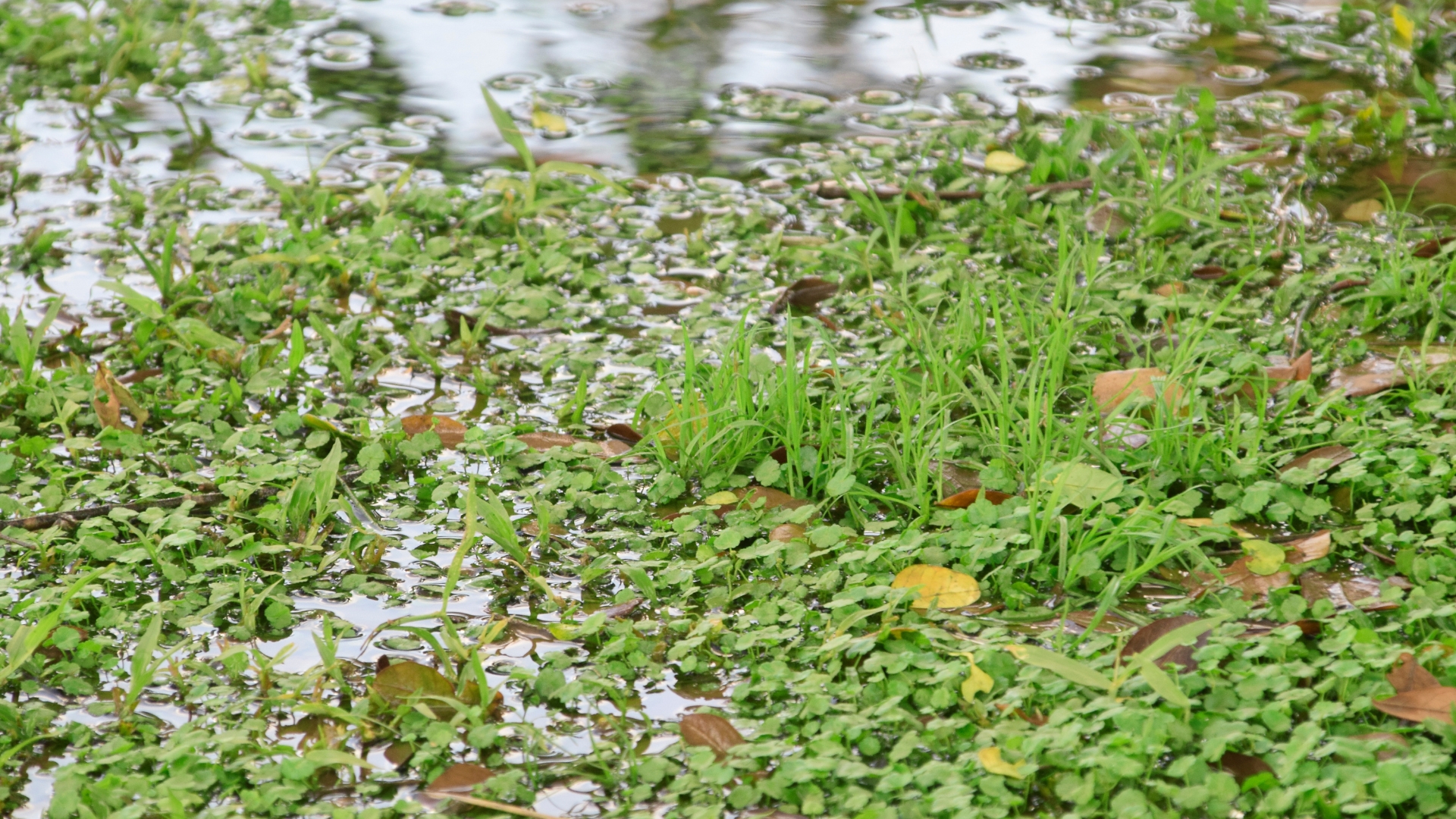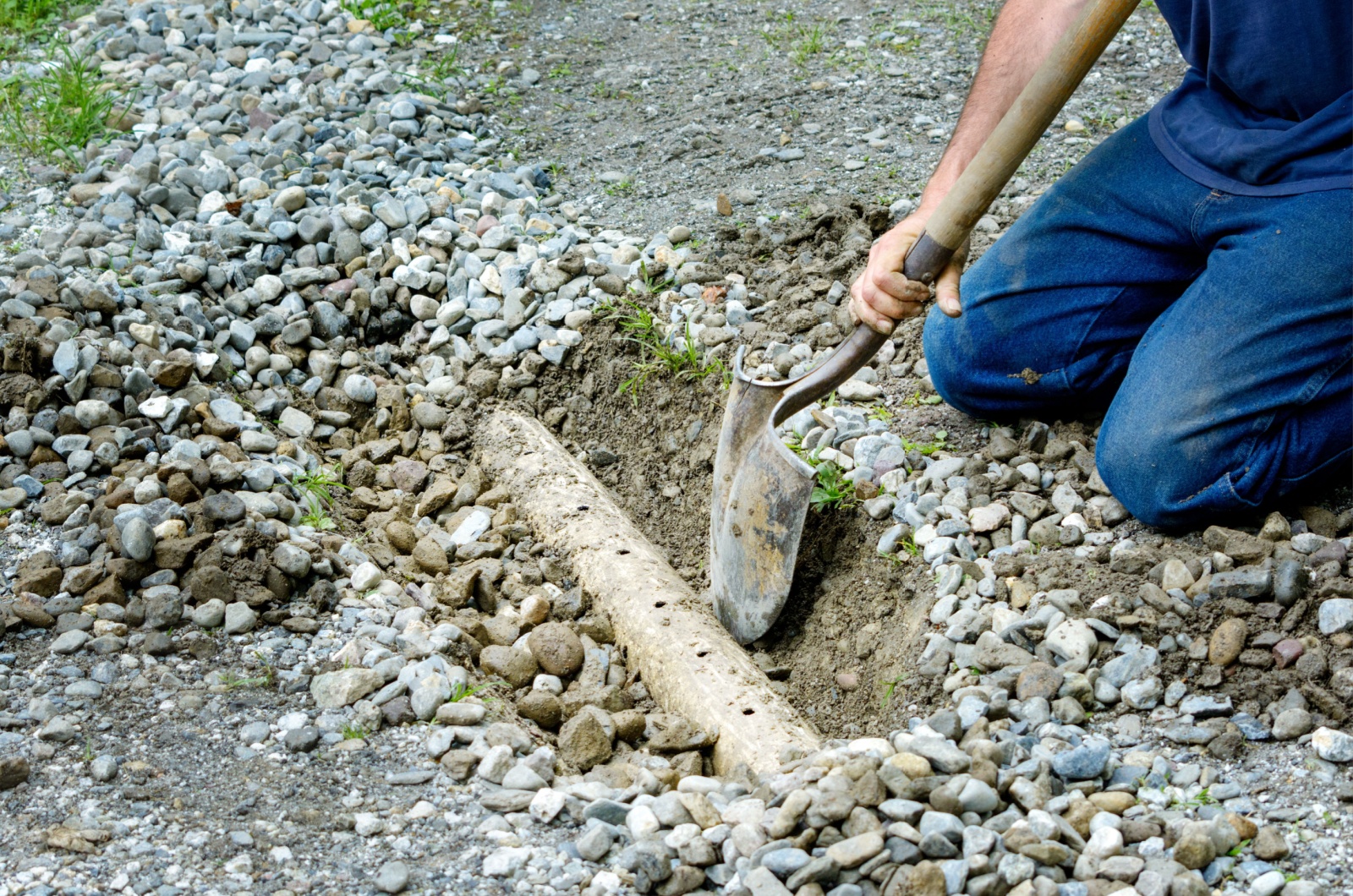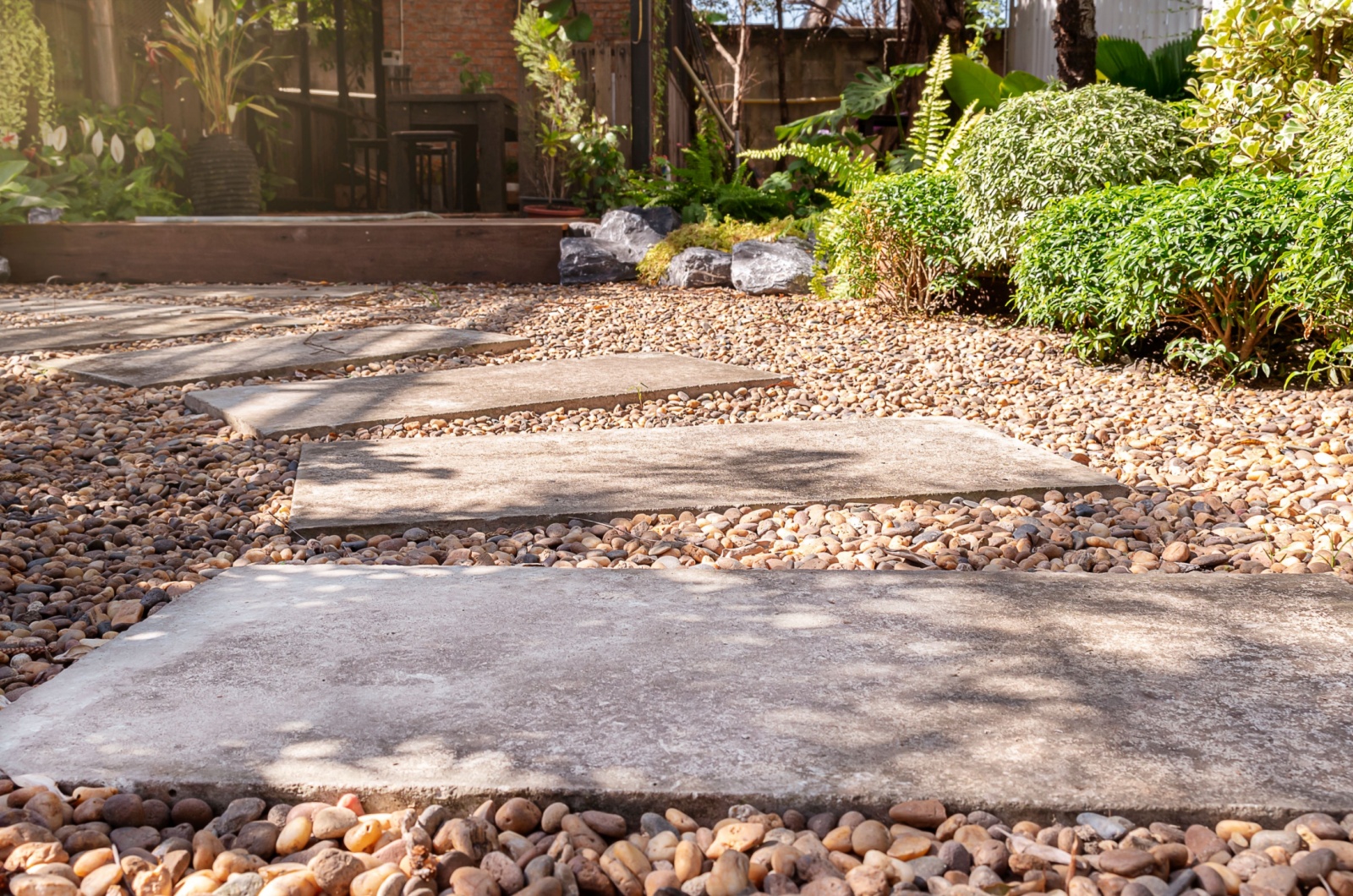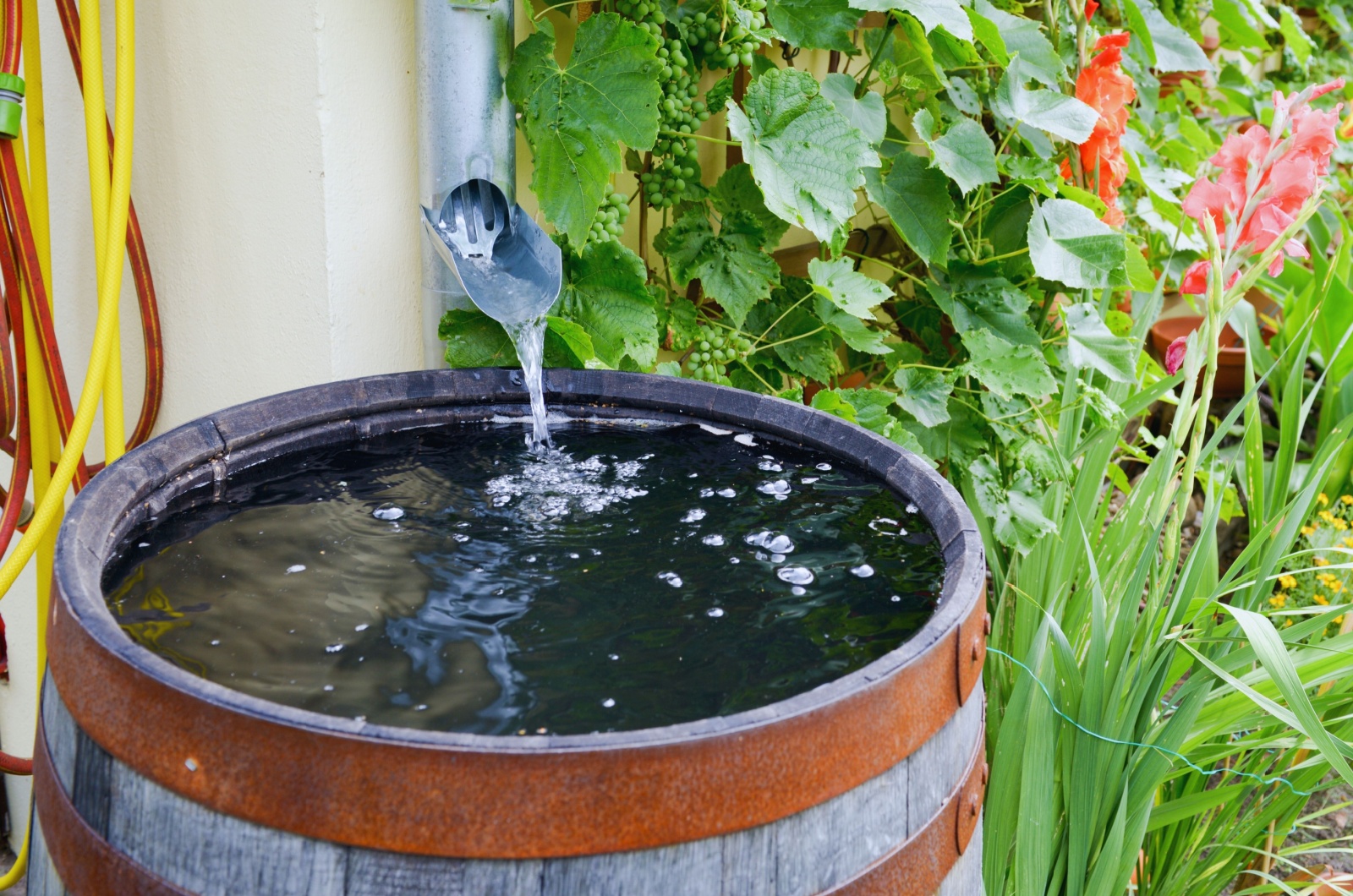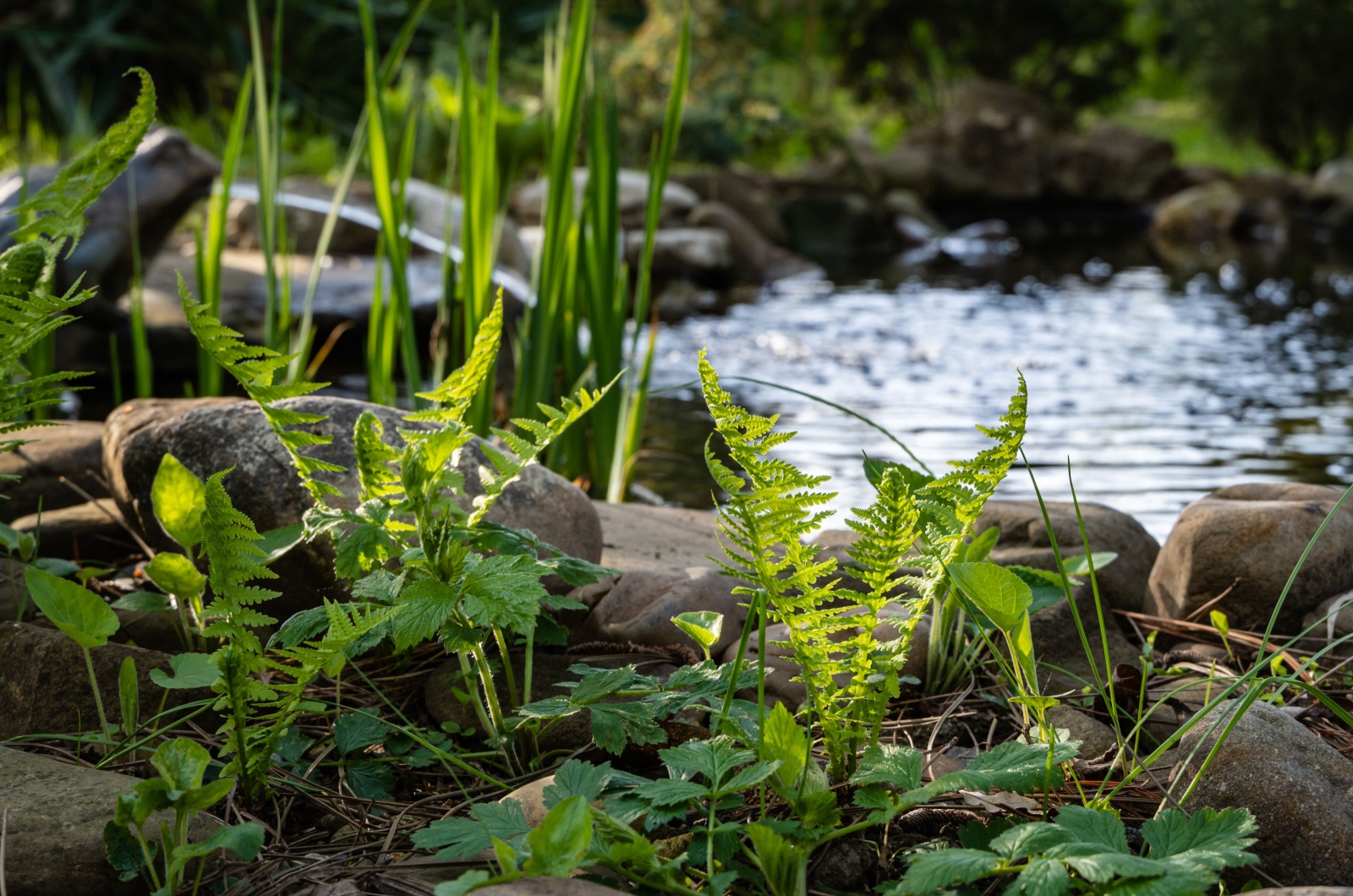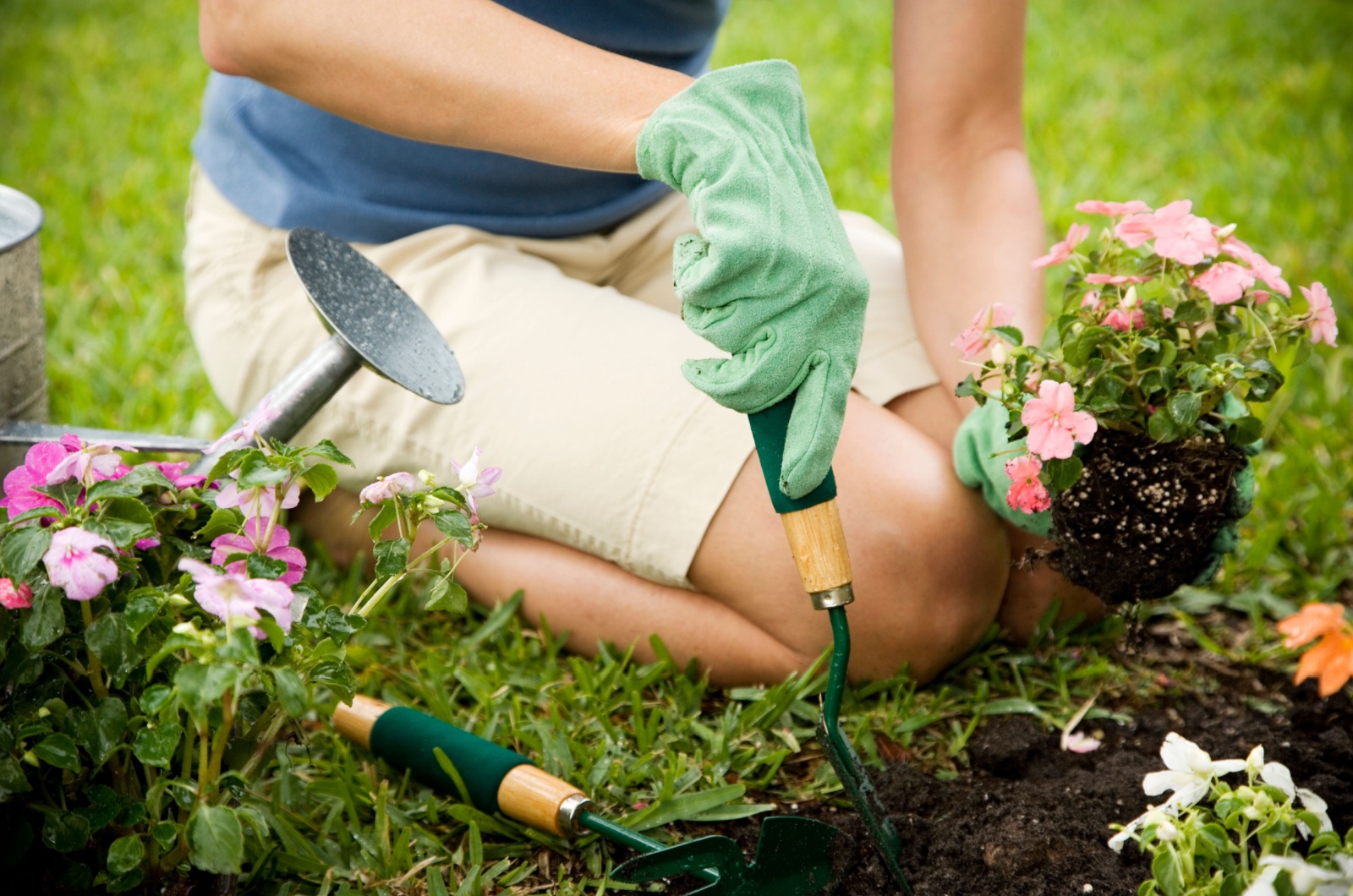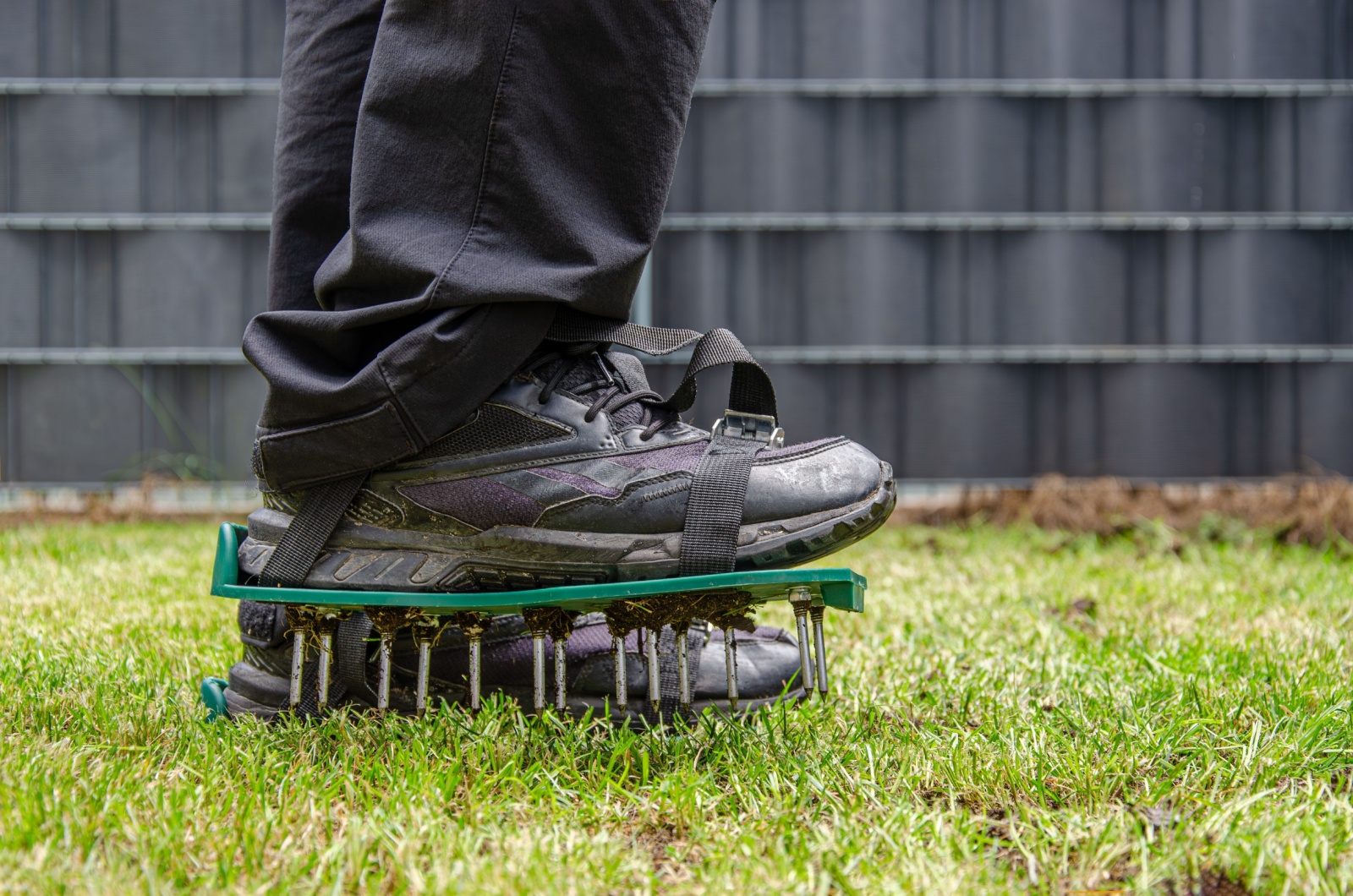I’m one of those people who enjoys the sound of rain and water drops all over my plants. But it hasn’t always been this way.
A couple of years ago, my garden was a victim of waterlogging caused by heavy rainfalls. Despite my best efforts at drainage, Mother Nature always seemed to have the upper hand.
In my case, the clay soil was causing all the trouble. If you have good soil but there’s too much concrete in your area, you may have witnessed the same scenario.
But nothing is lost! You know what I did? Worked on prevention instead of fixing!
So, fasten your seat belts, because I’m about to share with you the 6 best methods to help you reduce surface water run-off!
1. A French Drain Is A Game Changer
Installing a French drain is the old-school way to deal with excess water in your yard. If you have a large patio, this method is simply perfect.
Don’t worry if you don’t have a lot of experience in these projects. This one won’t take a lot of your time and doesn’t require a lot of effort.
If you decide to make a French drain, you’ll need to prepare a shovel, a pipe with perforations, and some gravel.
To make things easier for you, I’ll show you the necessary steps for completing this task:
1. Dig a trench: Of course, everything starts with a trench. Make sure it’s placed near the areas prone to waterlogging and make a larger trench than the pipe you prepared.
2. Add a layer of gravel: The last thing you want is a clogged pipe, so add about 2 inches of gravel to the bottom of the trench.
3. Place the pipe: When laying the pipe on the gravel, make sure those little perforations face downwards!
4. Cover with more gravel: And the last thing to do is pack everything well with gravel.
I finished up by adding a layer of topsoil and, of course, some plants over the top. Don’t forget, I’m a gardener before anything else! 😉
2. Gravel With Paving Is Always A Good Choice
It’s pretty obvious that I’m a huge fan of gravel (the gravel garden in my backyard proves it).
But nothing beats the superpower of this ingredient to let all the excess water drain into the ground below.
Simply use it with paving and lay it over the areas prone to waterlogging, and you’re good to go! Another amazing thing about this method is that it can make your outdoor space more visually appealing.
Many landscapers use gravel for decoration, so it’s a win-win situation!
3. Rain Barrels For Heavy Rainfalls
Instead of letting all the rainwater drain into the ground, you can collect it. We gardeners refer to it as rainwater harvesting and, believe it or not, our main goal isn’t only to reduce water run-off.
This is the best type of water for indoor and outdoor plants, so it would be such a shame to miss the chance to collect it.
Yes, you can use buckets and other containers, but rain barrels are simply the best choice. If you don’t want to spend money on them, think twice! Your water bills will be way lower in the future and, believe me, the initial costs are negligible.
This method especially benefits homeowners with sheds, garages, and other buildings in their yards. If you haven’t done it already, install drain pipes and attach them to barrels.
Well, there’s one last thing I need to mention about this method. Many homeowners have asked me about the smell of harvested rainwater. Look, you won’t notice it in most cases, and even if you do, your plants won’t!
As soon as fall arrives, clean all the barrels thoroughly and you fix the issue with smell (if any).
4. Revolutionary Method: Installing A Rain Garden
I’m not a big fan of social media but there are so many things I have to thank it for. One of them is sharing the rain garden technique.
It gained popularity like a whirlwind, which isn’t surprising because it really works. The idea is to create a ‘safe area’ that will allow the rainwater to pool.
Don’t worry, it sounds way more complicated than it actually is. You just need to make a small and shallow ditch in your yard and that’s pretty much it.
But you can take things to a whole new level and make a fascinating feature in your yard. You can turn it into a small pond, decorate it with various materials, and, of course, add some plants (sorry, I can’t help it).
It will look spectacular but it will also attract beneficial creatures every yard desperately needs!
5. Plants, Plants, And More Plants!
Really, Lindsey? Well, plants fix everything. In this case, the plant roots are the stars of the show.
They penetrate deep into the ground and absorb moisture. It’s essential to add plants to the critical parts of your yard that are susceptible to waterlogging.
Yes, you can grow any plants you want but if you ask me, always go with native plants!
6. The Silver Bullet: Lawn Aeration
Any lawn owners out there? I have a question for you. Did you aerate your lawn this year? If not, make sure to do it.
This simple technique improves the soil structure so you can have thriving grass with the most beautiful shade of green.
Compact soil holds too much moisture and aeration will create air pockets. Consequently, the airflow will be better and drainage won’t be a problem anymore.
Aeration is always on my list of tasks for spring lawn care and now you see why.
So, are you ready to win the battle against surface water run-off? Your weapon is ready and success is guaranteed!

